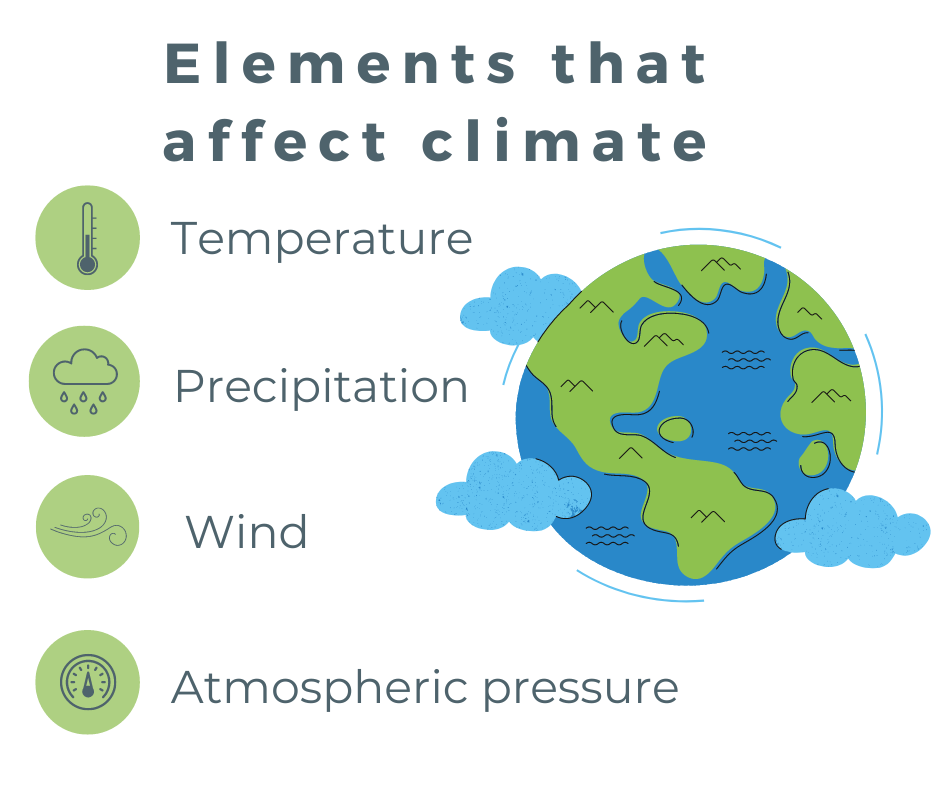Costa Rica is a country with a vast climatic diversity. This is due to its geographical location in the tropics and its topography, ranging from low coastal lands to high mountains. This climatic diversity results in a wide range of microclimates, which are small or local areas with different climatic conditions than their surrounding environment.
Microclimates may exhibit variations in temperature, humidity, wind speed, and other climatic parameters compared to the general climate conditions of the surrounding region.

How do microclimates impact crops?
Microclimates can have a significant impact on farms, both positive and negative. Some of the effects may include:
Microclimates can have a significant impact on farm productivity and management. Understanding these local variations are essential for adapting and maximizing agricultural production in different areas of the farms.
Relying on a trusted real estate advisor is key to making informed investments and ensuring quality production.






